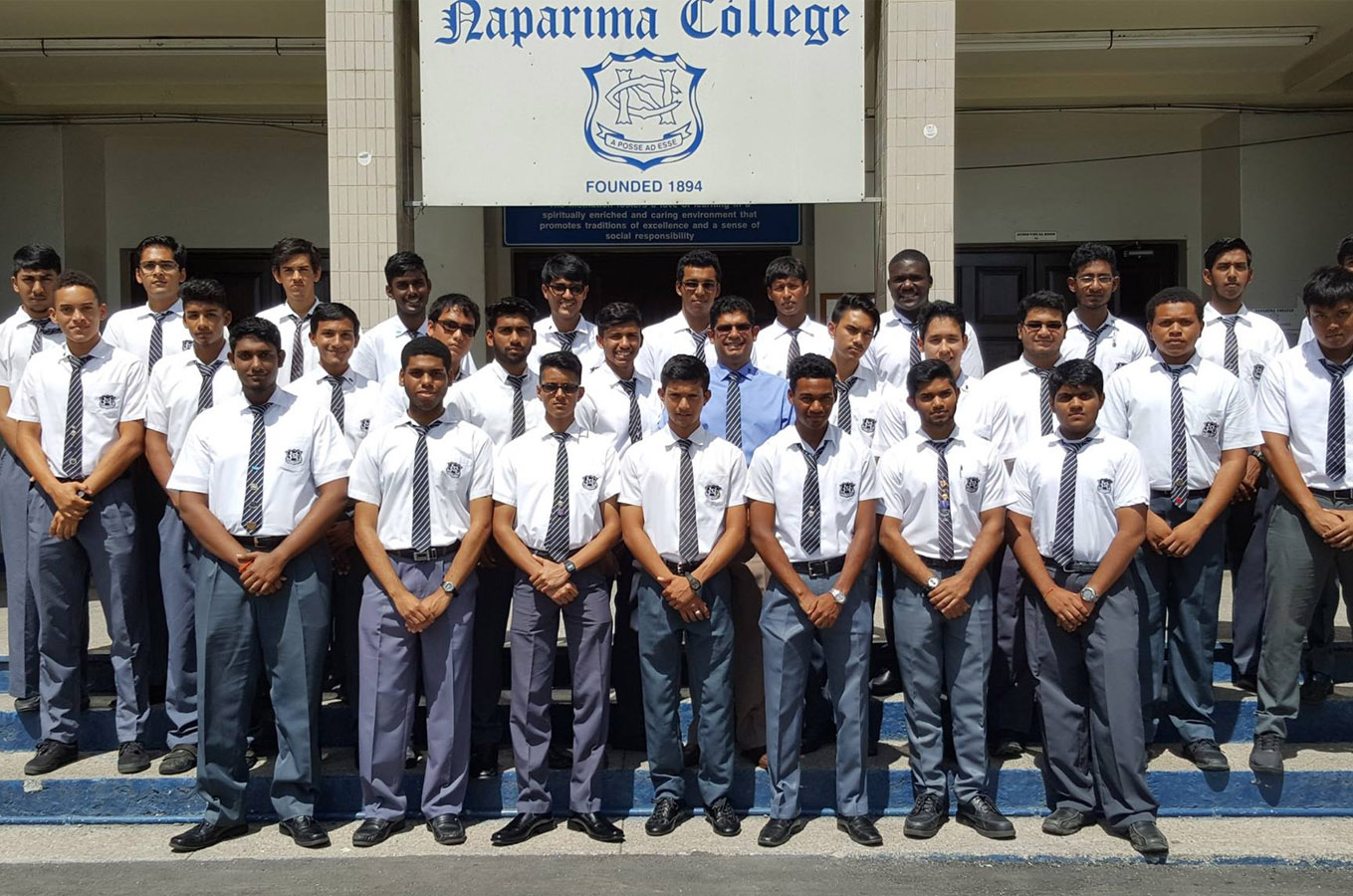A Posse Ad Esse. 'From possibility to actuality.'
Mission Statement
A Posse Ad Esse. 'From possibility to actuality
School History
1868 saw the establislunent of the Canadian Mission (the Presbyterian Church in Trinidad and Tobago) and the two facets of EVANGELISM and EDUCATION played a major role in the growth and development of the Church largely, though not exclusively, among the East Indian indentured laborers first introduced in Trinidad in 1845.
Rev. John Morton, the pioneer Missionary, had arrived in Trinidad on January 3rd 1868 and was inducted into the Iere Village Pastoral Charge on 29th January 1868 by the Presbytery of Trinidad of which he had enrolled as a member. By March 23rd of that very year 1868 Morton had begun his first,
'school' with 'the doorstep three' thus setting in motion a sequence of educational development that would have a lasting influence on the lives of countless thousands of students.
By 1892, i.e. within twenty-five years of the founding of the Mission there were established 52
Primary Schools, dozens of congregations in 5 Mission Fields served by a staff of fifty-two (52) composed of 5 Missionaries, 1 Ordained Trinidadian, 44 Catechists i.e. unordained Preachers, plus two (2) Canadian lad y missionaries. In addition there were in excess of three hundred teachers (300) in the Primary School system.
It was inevitable that Post Secondary educational institutions would arise because of a felt need. In 1892 a Theological College (now St. Andrew's Theological College) was established for the training of Preachers and two (2) years later 1894 a Teacher Training College came into being.
Education and moreso "Christian" Education loomed large in the perspective of the early visionaries in the Presbyterian Church.
With 52 Primary Schools in operation there was a natural demand and an availability of students ready and willing to pursue new and unexplored opportunities with anxious parents determined to make sacrifices in order to cause dreams to become a reality.
Here then was 'intervention' and 'change' of a new kind bringing 'hope and sal vation' to what was virtually a hopeless and helpless situation. This was where new communities of people were being empowered in a different kind of way, creating and establishing new circles of faith and obedience and learning helping a people to make over their world in all kinds of ways.
Real change must come from within, developing and promoting new ways of doing and achieving. In the Canadian Mission of the 1890's the next logical step would be Secondary School education - helping a people to discover and acquire their real potential for meaningful development and satisfying the quest for an adequate belief system for the heart, the soul and the mind.
The genesis ofNaparima College could in fact be traced back to 1883 when Rev. K.J. Grant (the second Canadian Missionary) recognizing the need for post-primary education initiated a private school in his home for family members and friends in San Fernando making available the elements of 'a liberal education'.
Have a look at the other schools
 |
 |
 |
 |


